Air Operated Diaphragm Pump and electric diaphragm pump difference,Find out the difference between the two pumps and how each pump fits into your application.
Diaphragm pump through the diaphragm and valve combination of reciprocating action as a positive displacement pump work. Moving in and out of the diaphragm creates an expansion/contraction cycle. During operation, the suction valve opens and fluid flows in. During the downward stroke, the exhaust valve opens and the fluid flows out.
material: cast steel, aluminum alloy, polypropylene(PP),SS 304,SS 316,SS 316L, PTFE.size: 06=1/4 inch; 10=3/8 inch; 15=1/2 inch; 20=3/4 inch; 25=1 inch; 40=1.5 inch;50=2 inch; 80=3 inch; 100=4 inch; 125=5 inch
The reciprocating motion creates a vacuum that sucks in a certain amount of fluid and pushes it out. Given the positive flow rate of the fluid, the flow rate will not change and the pump will operate at a continuous discharge rate. In addition, the diaphragm pump does not contain seal oil or lubricating oil in the pump head. As a result, the residual gas produced in the vacuum does not contain any oil vapor.
The combination of design, motion and materials has made diaphragm pumps ideal for conveying low, medium or high viscosity liquids as well as liquids containing large solids. Because the diaphragm is made of different materials, the pump can also handle corrosive chemicals, such as acids. Diaphragm pumps are driven by compressed air, electric motors, magnetic and hydraulic forces.
Pneumatic diaphragm pump (AODD) has become the most popular diaphragm pump type and USES compressed air to drive the diaphragm. AOD pumps have two diaphragm Chambers, each with an inlet check valve and an outlet check valve. The air supply is switched from chamber to chamber through the action of an air slide valve located within the pump. The constant movement of air from one chamber to another forces fluid from one chamber into the drain. As a result, the other chamber is filled with fluid.
For an electric diaphragm pump (EOD), the pumping action of the diaphragm is caused by the electrical energy generated by a small motor mounted on the pump. During operation, the CAM system converts circular motion to linear motion and drives the diaphragm to slide up and down. EOD pumps typically have 3/8 ", 1/2 "or 3/4" inlet and outlet ports and flow rates ranging from 1 to 7 GPM. These pumps produce pressures ranging from a minimum of 60 PSI to a maximum of 100 PSI.
Application field
Pneumatic diaphragm pumps can be idled, submerged and do not require power. Pneumatic pump can be self-priming, variable flow, and can handle a variety of solids.
AODD pumps are used for everything from sewage treatment to chemical treatment. Electric diaphragm pumps have many of the same functions as pneumatic pumps, but are still easy to burn. EOD pumps work well in applications that require smooth and continuous feeding.
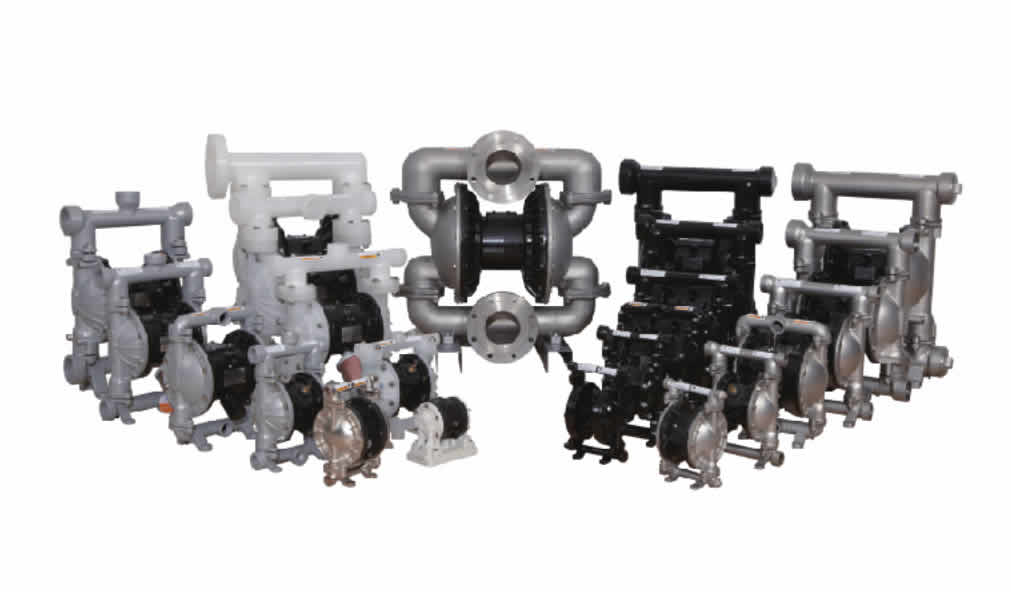
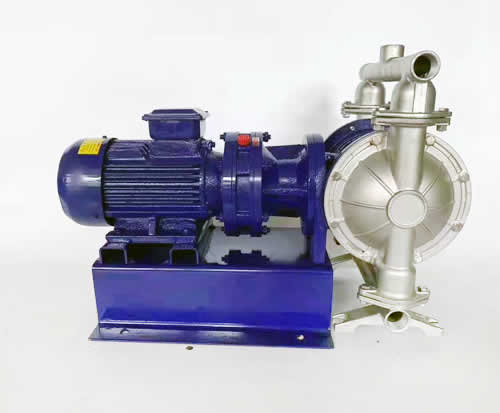
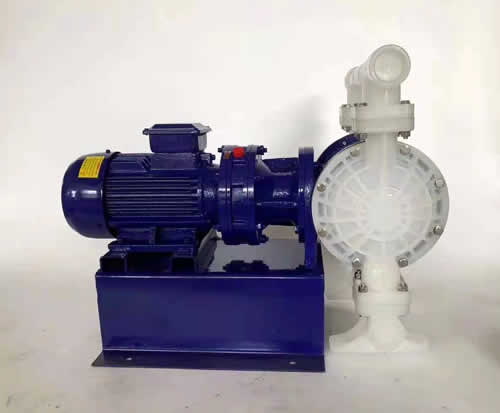








 +8617731766260/18233754501
+8617731766260/18233754501  fan@saikenpumps.com
fan@saikenpumps.com

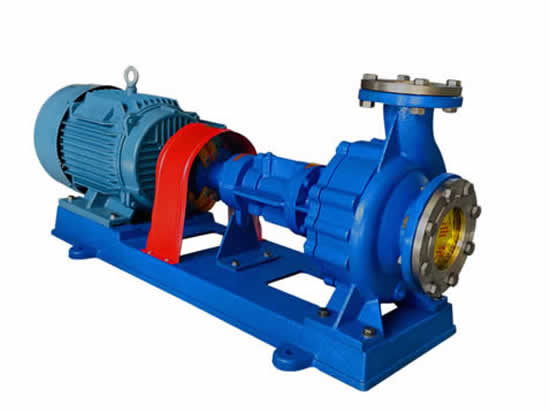
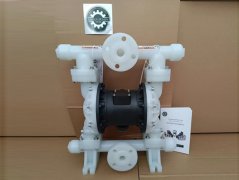






 +8617731766260/18233754501
+8617731766260/18233754501 +86-317-8227664
+86-317-8227664
 +8618233754501
+8618233754501